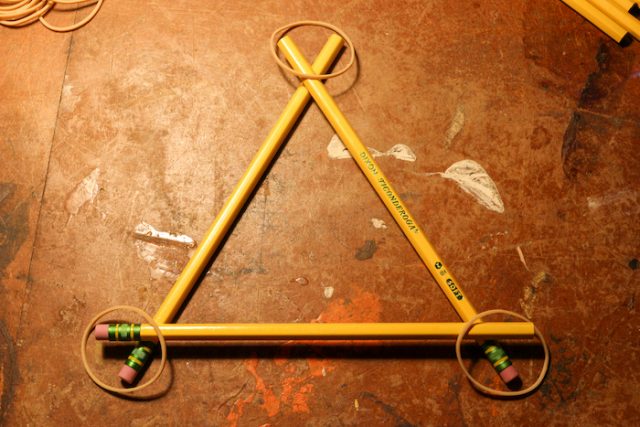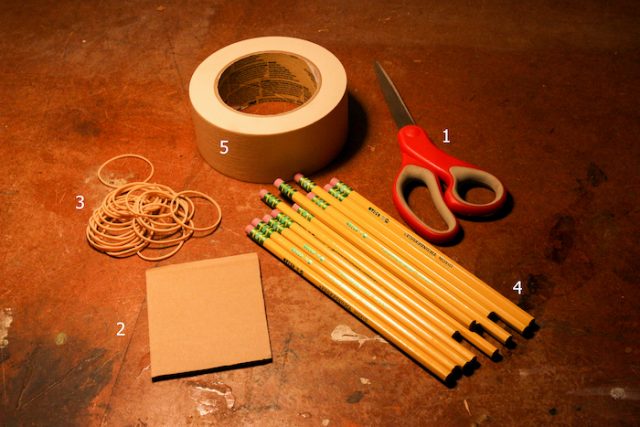

This paste is then shaped through a metal tube into spaghetti-like strands that are cut into pencil-length pieces and dried. The mixture is then ground into a fine powder and made into a soft paste by adding water. A machine then shapes the mixture into large square blocks, which are then either baked in a kiln or squeezed in a machine to remove any moisture. Modern-day pencil cores are produced by first processing the graphite and clay to remove any impurities. He came back with a kiln-baked mixture of graphite powder and clay, which turned out to be so good that it’s still in use today.

With pencil supplies dwindling in 1795, the French Minister of War asked one of his officers, named Nicolas-Jacques Conte, to come up with a substitute.

When France declared war in the 1790s, it lost access to Borrowdale’s excellent graphite. Later on they started sawing it into thin rods placed between pieces of wood. Graphite is very soft and brittle, and back in the day early users wrapped it with string to keep it together. It wasn’t until three centuries later, in 1789, that it was rechristened as graphite using the Greek word ‘graphein’ meaning ‘to write’. Back then, the material was misidentified as a rare form of plumbago, which is the Latin word for lead ore. The misnomer originated in 1564, when some shepherds from Borrowdale, England stumbled upon a massive deposit of pure graphite. Modern-day pencil cores are, in fact, a mix of graphite and clay, fired together in a kiln at more than 800 degrees Celsius. The writing bit of a pencil is actually made with a non-toxic mineral called graphite. It’s a common misconception that the core of the pencil is made of lead. They can scribble underwater and even in zero gravity, and have been fulfilling our impulse to record, create, and share knowledge for over 400 years.


 0 kommentar(er)
0 kommentar(er)
